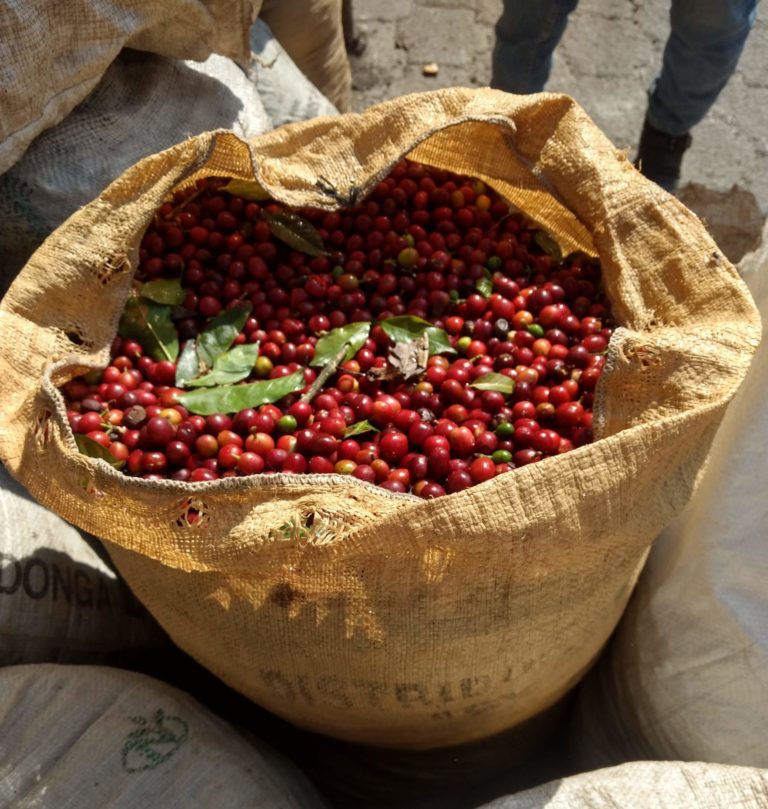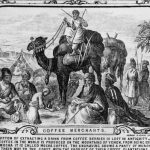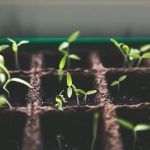Most of us take coffee for granted. Whether it’s the taste, or a simple caffeine buzz that one is looking for, many parts of the world have easy access. Coffee has become an integral part of culture on a global scale. On a more inquisitive level however, one might ask:
“How exactly did this magical brew arrive in my mug?”
First we need to talk about where coffee was originally discovered!
Scientific name, Coffea Arabica, is a species of coffee that originated on the continent of Africa, and more specifically in regions of Ethiopia. Through trade with other countries, this species spread to parts of the Middle East, and then continued to expand from there. Though it is hard to determine who, and when exactly coffee was discovered, a common anecdote insists that farmers in Ethiopia observed their goats eating the fruit of the coffee plant.
Aside: Yes, coffee is indeed a fruit! What we call a coffee bean, is in fact one of two seeds found in each coffee “cherry”.
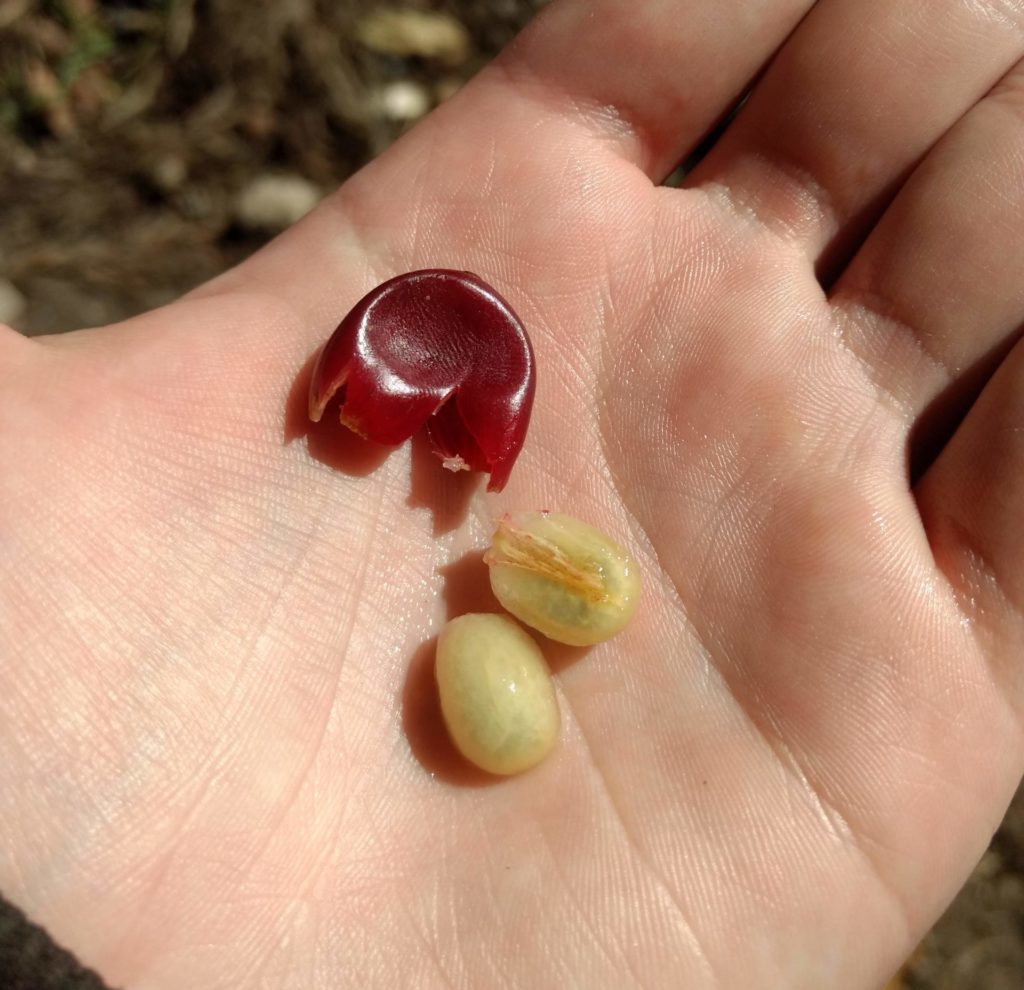
The farmers noticed that the goats were very energetic and nearly dancing after eating the coffee cherries. Seeing this reaction, the farmers were naturally curious. They decided to try it for themselves, and BOOM, coffee was discovered!
Arabica coffee now grows commonly on every continent except for Europe, Australia, and Antarctica. Although the coffee plant is wide-spread, it is a species that demands certain conditions for the best yield. Arabica coffee prefers to grow in regions that are nearest to the equator. These areas create an ideal climate for growing coffee, and form what is known as The Coffee Belt.
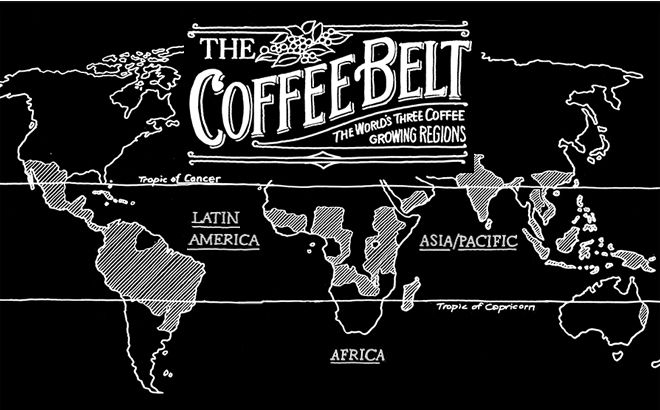
Along The Coffee Belt, Arabica Coffee grows best at higher altitudes, and appreciates an adequate amount of shade. While some land is naturally equipped to grow coffee, farmers may also choose to grow other types of trees in between the plots of coffee plants to help provide the shade. These farms are the backbone of the coffee industry, and without their hard work, coffee culture could not exist.
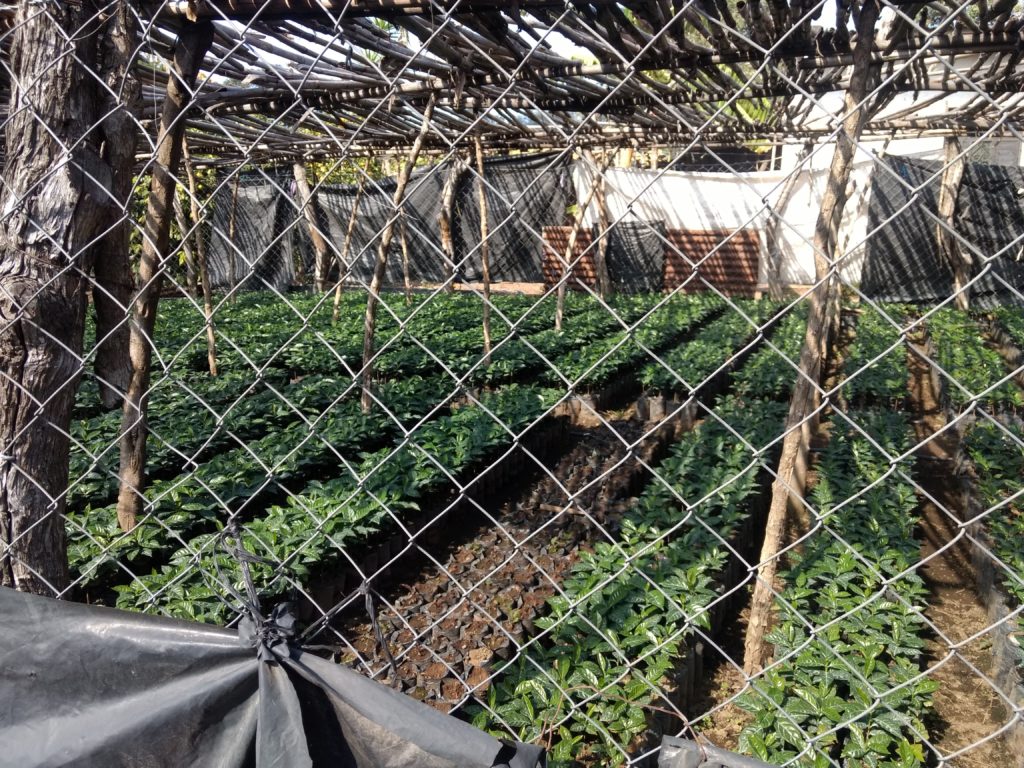
From seed to harvest, a coffee plant takes about 3 years to mature. Because of this wait, coffee farms are most often kept within a family, and passed down over the years. Upon harvest, the coffee fruit must be processed and dried over a period of time decided by the producer (typically to a moisture content of less than 15%). This is another labor intensive task that must occur before those beans ever see the light of another country. Machinery can help in this process, but many farms cannot afford the equipment; by consequence they often use less advanced tools to get the job done. Once the coffee is dried, we have a product that is known as “green coffee”. Be sure to join us for our next blog post to detail the next stop in the coffee bean’s journey to your favorite mug!
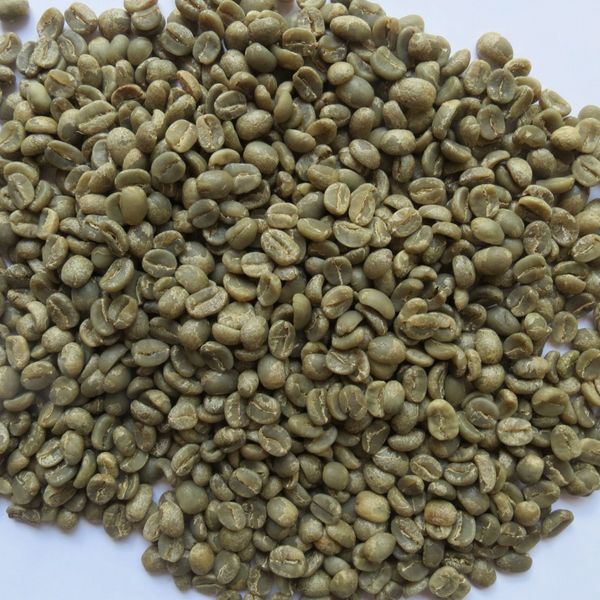
The Coffee Class is proud to present you with a new single origin coffee available for pour-over: Nicaragua Carlos Ferrey Honey.
This is a coffee that you can feel good about knowing where it comes from, and even the name places recognition of the farmer that produced it; Carlos Ferrey.
Carlos’ farm is an example of a small producer with attention to detail. The coffee is 100% hand picked and sorted. With tasting notes of Black Tea and English Toffee, this cup is perfect for someone who prefers a darker flavor profile, and low acidity. See you soon!

